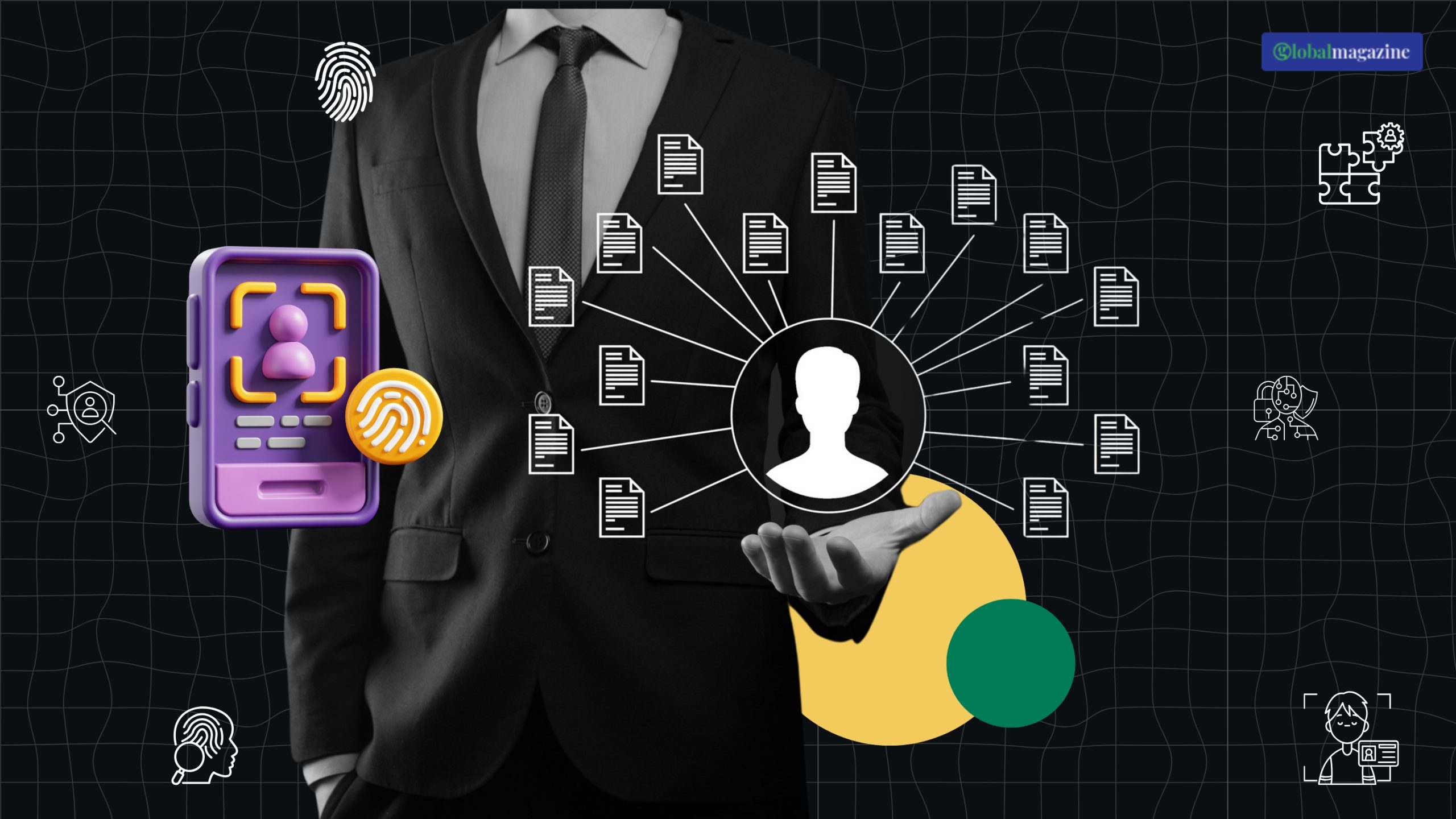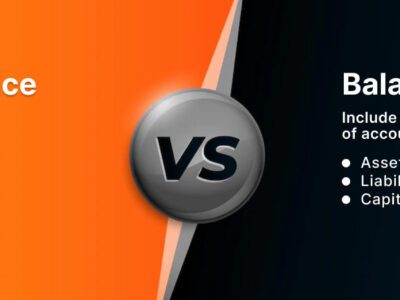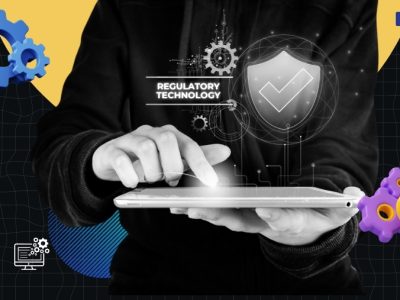Identity Management Enhancing Compliance Security And User Experience

In this article, we’ll explore the next topic in financial technology, aka FinTech! The booming sector is more than just an area of interest for investors and beginners alike. Identity management is one such process in FinTech that helps improve the landscape’s safety.
There are various methods that institutions use to prevent fraud. One of those ways is integrating regulatory technology or RegTech. There’s a mix of traditional and digital techniques that help organizations stay safe against fraudulent activities.
The following sections will explore the process in FinTech and how it can help organizations stay ahead of threats. Let’s explore.
What is Identity Management?

The mixture of frameworks, policies, and technologies ensures the right individuals can access the right resources. This plays a vital role in safeguarding sensitive data, networks, and systems in organizations by managing user identities and access privileges.
Let’s look at the goal of this process.
What is its Goal?
The primary goal of this process is to enhance security, improve operational efficiency, and ensure compliance with regulatory standards.
The centralization and automation of user identity management help organizations minimize the risk of unauthorized access and identity theft.
This also ensures a seamless user experience.
Importance of Identity Management
Here are the different ways the process is essential:
- The process elevates security by preventing unauthorized access to sensitive systems that safeguard against data breaches.
- ‘This process is also helpful in meeting data privacy and protection requirements, which is essential for regulatory change management.
- It also streamlines user on- and off-boarding, which reduces manual processes.
- The customer identity management solutions ensure secure and user-friendly access to services. It is essential for businesses that run using online platforms.
Let’s see how all of these are achieved through the process.
Main Concepts Of Identity Management
The main concepts of this FinTech process include the following:
- Identification: includes assigning unique identifiers to each user
- Authentication: using passwords, biometrics, or tokens to confirm identity
- Authorization: This component grants users specific permissions to access resources based on the role
These three concepts ensure efficient and secure platform access, from internal systems to customer identity management solutions.
How does it Work?
Identity management (IM) is helpful for organizations, and it mainly relies on a combination of policies and technologies that help manage user identities. Here are the key steps:
- Identification of the unique identity of each user within the organization
- The next step includes verifying the user credentials through biometrics or passwords.
- The following verification assigns access rights depending on the user’s role.
- The fourth step in the process includes continuous monitoring through audits. This helps update user privileges as roles change, and this ensures compliance with standards such as enterprise cybersecurity.
With the help of monitoring and updates, IM can improve compliance with enterprise data integration. Moreover, these processes depend on an IM system that automates tracking user activity, workflows, and security protocols.
What is IAM

Identity and Access Management, or IAM, is a subset of identity management focusing on controlling and auditing user access to systems. Identity management establishes who a user is, and IAM governs the resources they can access.
Uses of IAM
IAM plays a pivotal role in enhancing security, streamlining operations, and ensuring compliance in organizations. Here are the primary uses:
- Enhances security by preventing unauthorized access. the authentication insurance that only authorized and authenticated users access sensitive data and systems.
- It mitigates insider threats by implementing role-based access controls. This allows organizations to restrict access to critical systems, limiting exposure to internal threats.
- IAM adds an extra layer of security with multi-factor authentication, which verifies users beyond just passwords.
- Compliance with regulations such as PCI DSS and HIPAA for organizations by ensuring proper user access controls and logging in all activities by facilitating easier audits and compliance reporting.
- With the use of IAM, companies can also improve their operational efficiency using automated user management. This saves time and reduces errors. Another use is simplifying access to multiple applications with SSO or single sign-on. This improves user productivity and reduces password management hassles.
- IAM secures remote work in the hybrid work environment by ensuring secure access to corporate systems from any location while protecting against unauthorized access.
- With the integration of advanced technology, IAM can quickly provide solutions to enhance overall system security and data integrity.
- IAM also balances security with convenience by enabling seamless access through SSO and customer identity management solutions, which is excellent for client-facing services.
One of the most significant use cases of IAM is SaaS spend strategies. IAM assigns and manages employee access to SAS platforms that help prevent unauthorized usage.
Differences Between Identity Management And Access Management
Identity management focuses on creating and maintaining user identities within a system. IAM focuses on determining and enforcing permissions for the users. This helps manage access to specific resources.
For instance, an identity management solution helps verify the user’s identity, whereas an IAM solution ensures they can access the assigned files.
It is not easy to streamline the process from the ground up; let’s look at the different challenges.
implementation challenges
Challenges with Identity Management Implementation
- Implementing this process leads to integration issues that ensure compatibility with legacy systems. This is also due to modern tools such as SaaS spend strategies and AV technology.
- Scalability can be a challenge. This is because of managing a growing number of devices and users across enterprises.
- Another challenge is the resistance from users. Ensuring a smooth adoption without compromising security is an essential component.
- Regulatory compliance can be a tricky part of the implementation process, including keeping up with the evolving regulations. Barriers to meeting stringent standards are another problem.
- Balancing security with ethical and social aspects is another barrier to the implementation process. This is mainly in stages such as identity verification, especially in customer-facing solutions.
These barriers can be overcome with the help of proper knowledge dissemination and training. This will ensure user and staff awareness, enabling compliance across all levels.
A few examples of Identity management include enterprise use, where a centralized identity management system is implemented to manage employee access to corporate networks. Another example is using identity management solutions for secure and seamless customer logins on e-commerce websites.
Identity management is also helpful in regulatory compliance, where companies adopt identity and access management tools to meet GDPR or HIPAA standards.
Wrapping It Up!
Identity management is essential for protecting data in the modern enterprise a bridging the gap between security compliance and user convenience. Leveraging advanced systems such as identity management allows organizations to maintain robust security.
It also enables seamless operations across the FinTech landscape. This is how the process helps secure and maintain the privacy of the users and customers. The rapid advancement in technology and market trends are important aspects of maintaining balance in the FinTech landscape.
Read More:
























